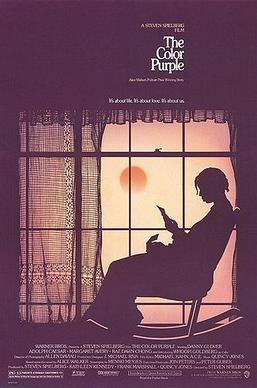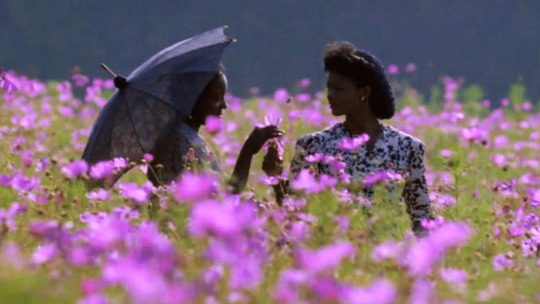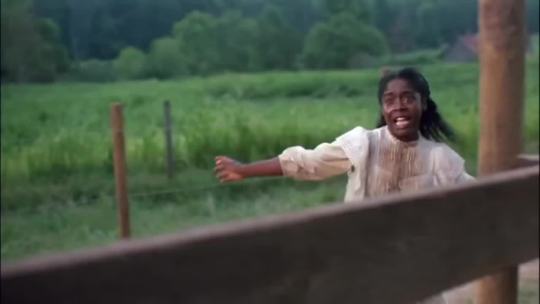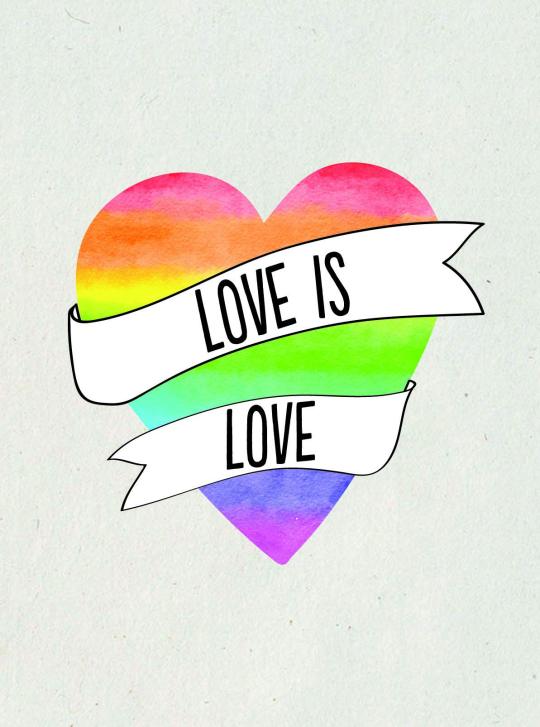Photo










For my Social Media selection, I have decided to use the Instagram account @ardtakeaction. I found this account a long time ago while I was doing research for another class. It is a public account that has the goal of helping to end white-supremacy. They also run a few other platforms and have daily newsletters. This account was made to keep its followers informed about things going on around the world that are helping or hurting the fight to end racism. This account also touches on many other political things going on around the world. I think this page is a very helpful tool. Much of America spends a lot of their day scrolling through things on their phone and this account is giving everyone an opportunity to learn while they are doing so. I have attached many of their posts and captions to give you an idea of the different things they are educated about and what their take is on a lot of things is. This account is very liberal and can be a bit biased so it is important to keep that in mind while viewing its posts. However, it is still a very educational account that shares completely real content that can be used to know what’s going on in the world. Recently, they have been posting a lot about the recent threats to Roe v. Wade. They remind us that a women's body is hers to choose what she does with. Not SCOTUS’s. They also relate it to racism and white supremacy. This account also supports healthy intersectionality by standing up for those who have less of a voice. They try to highlight that we are all equal no matter what we look like and I think this shows people that we should all be able to live amongst each other perfectly fine.
One post they made that reminded me of this class was the post that says “Learn Japanese American Incarceration. This reminded me of the weeks we discussed Asian culture and the fact that it is not talked about or taught enough in our society. Another thing that reminded me of this class was their post about the Minneapolis PD racist policing. This reminded me of our civil rights unit when we talked about all the terrible things both government and police systems have done to African Americans. Specifically on the events stated in The March on Milwaukee’s timeline. I was also reminded of the civil rights unit from their “Stop Using N-word Alternatives” post. These are still racial slurs and are still ways to put colored people down. There is no reason we should still be using these words, especially considering what they mean in our history. Overall, I think @ardtakeaction is an impacting account that is spreading the right words to end racism.
0 notes
Photo







For my movie selection, I have decided to go with the 1985 Steven Spielberg movie The Color Purple; it was originally a novel written by Alice Walker. This is a very emotional, heart-wrenching film about a young African American woman named Celie who was raised in rural isolation in Georgia. Celie faces many hardships and the film highlights her working to prove to herself and others that she is enough and not what others say she is. The film is narrated by Celie herself, all through her letters to God, and goes into religion and one’s relationship with God quite a bit. The film not only goes into depth about the hardships of being a colored person at this time but also the hardships of being a woman. Celie is sexually assaulted from a very young age by her father Alphonso and this greatly affects who she is. The movie also taps into sexuality when Celie meets Shug Avery, an African American singer, and ends up falling into a romantic relationship with her. With all of this, it is obvious our course materials have a lot in common with what is taught in the movie. One material that really reminded me of The Color Purple was the TEDxFiDiWomen YouTube video we watched of Nkechi’s “Ain’t I a Woman” performance. The performer in this really reminds me of Shug Avery’s character because of how they carry themselves. They are both strong independent black women who know they have been treated unfairly and want to be heard. They both have a way with their words and delivery that make you want to listen to them, and most importantly you can tell they speak with a purpose. This (obviously HD remastered) clip from the movie reminds me a lot of Nkechi's performance : https://youtu.be/5v5JjUZpAPk. Their deliveries and expressions remind me a lot of each other.
This film generates conversations about race and gender in a multitude of ways. The story was all to realistic when it came out and unfortunately, many black women could (and still can) relate to Celie’s story of fighting oppression and abuse. This novel and film have been called cultural touchstones for many black women. It creates a conversation about how it can be so much harder to love yourself when you feel like the world is telling you you can’t. It also arises conversations about how abused women are told to keep it all in, and that they should be ashamed of the actions someone committed against them. This is unfortunately still so relevant and something the world needs to see more progress in. Finally, it created conversations about intersectionality, and the question if all races and genders would ever just get a long. All in all, I think there is a lot to be learned from the film The Color Purple and that it highlighted a lot of aspects of this course well.
0 notes
Photo






Orange is the New Black is a Netflix original series that follows main character Piper Chapman and her experience in prison after getting convicted for a crime she committed a decade before. The series touches on many hard political topics especially race, gender and sexuality. We discussed race, ethnicity and racism quite a bit during this course. One thing we learned about specifically that relates to this show is the idea of Intersectionality. Intersectionality is an environment where there is a mixture of races, social classes, and other social categorizations. Prison is a great example of this. The main character, Piper, is actually a typically law-abiding, very ‘normal’ citizen. However, while behind bars, she meets people of all different backgrounds, many of which become great friends. The show does a great job of showing intersectionality especially in race and sexuality. There are girls of all races and girls of all sexualities in the show. It also really shows it because living in prison is living in very close quarters with the others there. It really shows how people of different backgrounds can struggle or thrive to get along. One text we discussed in this course that I thought relates to Orange is the New Black is Peggy McIntosh’s White Privilege: Unpacking the Invisible Knapsack. The show often discusses the hardships black people face that white people cannot even understand. McIntosh states “In unpacking this invisible knapsack of white privilege, I have listed conditions of daily experience which I once took for granted. Not did I think of any of these prerequisites as bad for the holder. I now think that we need a more finely differentiated taxonomy of privilege, for some of these varieties are only what one would want for everyone in a just society, and others give license to be ignorant, oblivious, and destructive (McIntosh, pg. 3).” When she lists these things, she talks about police interactions, likelihood of being with people of your own race, facility qualities and neighborhood qualities. In this link ( https://youtu.be/F9uQUxjofA8 ) the black women discuss ways in which “they can't act on their racism” which I noticed was actually a list of privileges white people have. This scene is what reminded me of McIntosh’s piece the most. One other thing McIntosh stated that reminded me of the show was when she said “Whiteness protected me from many kinds of hostility, distress, and violence (McIntosh, pg. 2)” This is shown in the show because many of the colored characters have much harder backgrounds than the white characters do. Overall, I feel Orange is the New Black is actually educational when it come to these concepts and is highly related to Peggy McIntosh’s article.
1 note
·
View note